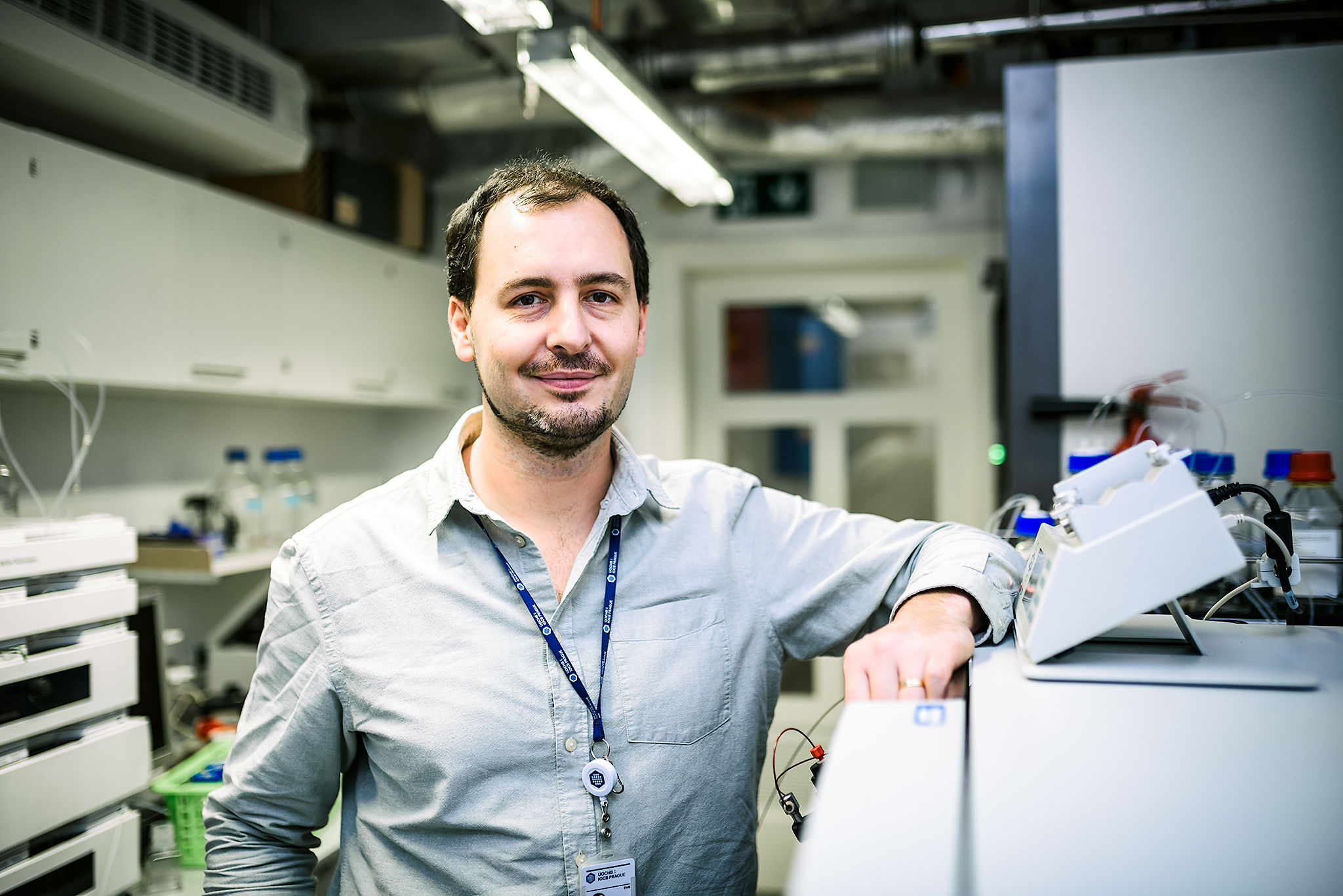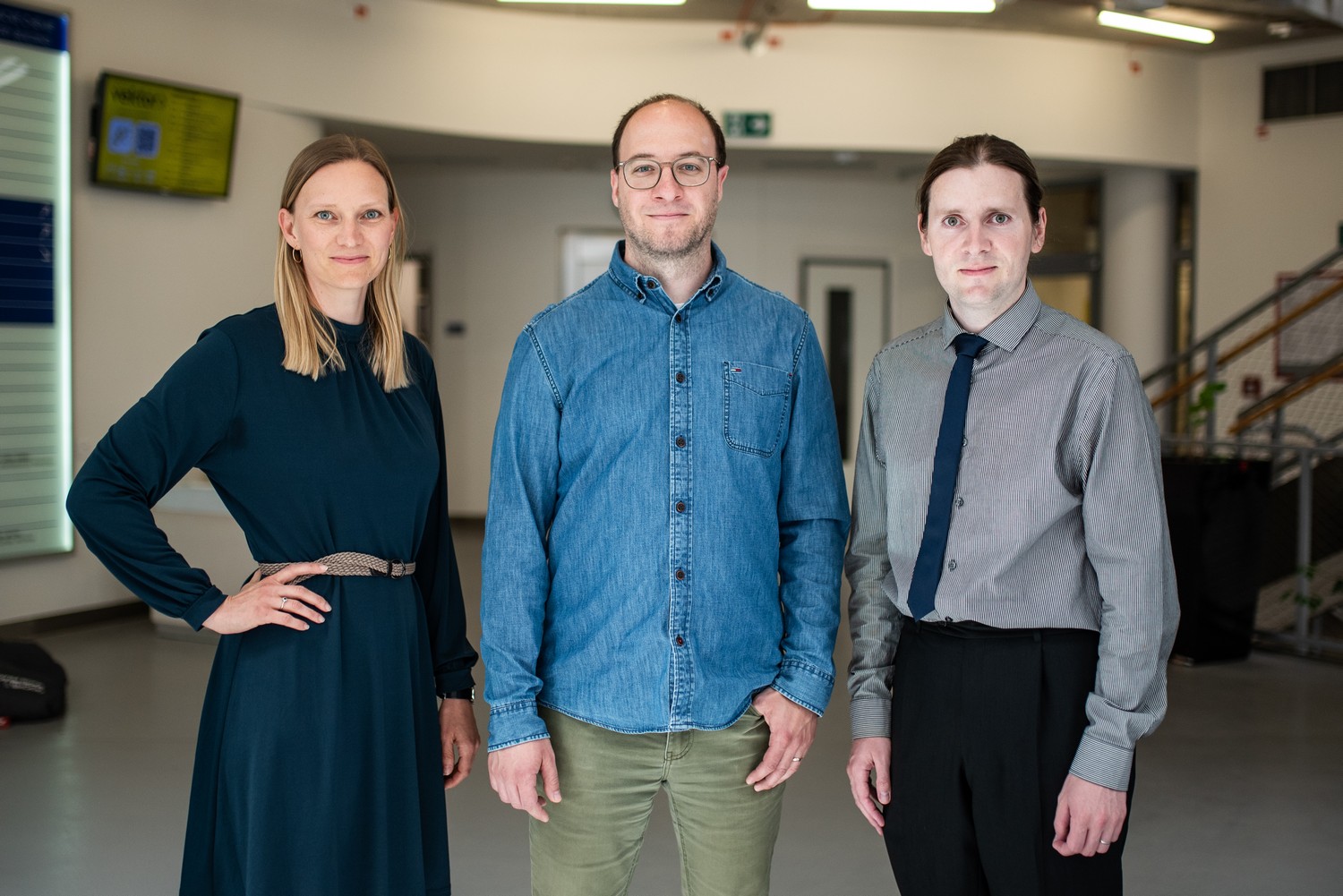
Prof. Pavel Hobza from the Institute of Organic Chemistry and Biochemistry of the Czech Academy of Sciences (IOCB Prague) received the prestigious Schrödinger medal at the award ceremony at the World Association of Theoretical and Computational Chemists (WATOC) Congress in Munich on August 30, 2017. The WATOC Schrödinger medal is awarded each year to one outstanding theoretical and computational chemist.
Pavel Hobza works in the field of theoretical and computational chemistry. He was awarded the Schrödinger medal for the year 2017 for his outstanding work on noncovalent interactions. His accomplishments are well known, particularly his discovery of an improper blue-shifting hydrogen bond. He also proved that stacking interactions governed by one type of noncovalent interactions, so-called dispersion energies, are responsible for the DNA structure.
“Noncovalent interactions are responsible for many essential things, such as the structure and properties of water or the structure and properties of biomacromolecules. For example, the double-helical structure of DNA, which is indispensable for the transfer of genetic information, exists solely due to noncovalent interactions,” says Pavel Hobza, who is the most cited Czech scientist. According to Thomson-Reuters, he also belongs to the world’s 1% of the most-cited scientists in the field of chemistry in 2014, 2015, and 2016.
“Pavel Hobza received the highest possible appreciation from the World Association of Theoretical and Computational Chemists, the Schrödinger Medal, for his pioneering studies of noncovalent interactions, which are essential in biosciences, chemistry, and other disciplines,” commented his colleague, Professor Pavel Jungwirth (IOCB Prague) on the importance of Hobza’s work.
WATOC awards two types of medals each year: the Schrödinger medal to senior scientists, and the Dirac medal to scientists under the age of 40. Following Josef Michl (IOCB Prague) in 1992, Pavel Hobza is the second Czech Schrödinger medal laureate in history.





